|
by Willow Enright One thing that I have been asked for in the past few weeks is for patterns. “Where do you get your patterns?” “Can I have that pattern?” “Do you have a pattern for that?” Most of my patterns aren’t directly taken from one place or another, nor do I start off with a perfect pattern when I craft them myself. I will do more research on how to transfer my original cardboard patterns into digital copies that can be shared around the world, but for now I will share a few sites that have free downloadable patterns that you can start downloading and making, today! First and foremost Leather Craft Library, this site is brought to you by Tandy Leather. Most of their free downloads have to do with the tooling patterns that they show on an item, and aren’t a layout for how to construct the item. That being said they show you what tools it would take to duplicate the process, this means that in order to perfectly copy the pattern, you have to go out and buy a bunch of Tandy tools. I see what you’re doing Tandy. A.k.a. feeding my leather addiction, and creating new fuel for the fire that fills my soul and empties my pocket book. Outside the Box Patterns is a great way to look for free patterns. They tell you how large the image is, and what is the best item to place that tooling pattern on. You can open the pattern on a new tab on your browser then click the download button, it’s that easy. No wondering if that checkout chart will let you get away without paying a dime. There’s no tricking me into thinking that your messenger bag pattern was actually going to give me a layout pattern for said bag, only to give me the tooling pattern on that bag instead. What you see is what you get. I like this straight forward method of sharing. Elk Tracks is a nice one if you want to create buffalos and other western themed tooling patterns. I downloaded a few. I really like how they show you the pattern then the finished tooled product for a side by side comparison. I learn really well this way having to look and study at what’s happening and then experiment and try something, leaving me to figure it out on my own. I learn best this way, but this may not be the way you learn to each his own. If you are a beginner Make Supply is a great place to start making wallets. Not only are the patterns free, but they have video tutorials that compliment those patterns. For those that want a more permanent template that will hold up to repeated use you can purchase the acrylic templates for a fee. One site that really caught my attention is Leather Craft Pattern, but this site isn’t the greatest if you’re only searching for free patterns. I went onto this site found many free patterns that I would like to look at with a more in depth eye, only to be asked for payment greater than $0.00 at check out. Meaning you have to buy something in order to get the free patterns. I would stay away from pattern sharing forums like those on leatherworker.net. More than half of the links listed on this forum are so old they are dead ends. If you are up to challenge then this site is fine. I find it to be more frustrating than helpful. Don Gonzales Saddlery doesn’t have a great selection, I liked the skull pattern. This site is much like Outside the Box Pattern, with its straight forwardness. If you are looking for patterns for your 2nd Amendment support piece, aka a gun then, JLS Leather is the site for you.
I hope that this list of resources is helpful to you, and will fuel your creativity. I look forward to seeing what you make with this knowledge and hope that you share by leaving a comment below. The inspiration for creativity should always be free, and leather crafters need to share their knowledge.
2 Comments
by Willow Enright When I first dreamt of working with leather I was overwhelmed by the vast amount of choices. Where should I buy the leather? How will I know if it is the right thickness? Can’t I just re-use something I already have? Is there such a thing as that perfect leather hide? I admit that this dilemma is inevitable if you plan to work with leather. I’ll also admit that most leather workers have their own opinions about which is best. My answer is, do what works for you. There are a few choices when it comes to where you might find quality leather. In store leather suppliers are a great place to find good hides, another is online stores, and even thrift shops can be useful. Unfortunately leather stores aren’t readily available, and most folks won’t have the opportunity to go into a store in person. However, if you are lucky enough to live near one, go! I live in Seattle, so I have two available choices, Tandy Leather and Mac Pherson’s Leather Co. The best way to figure out which leather you need is to go in person to see, touch, and experience it for yourself. There’s nothing quite like fondling leather. Out of the two stores, I prefer Tandy Leather. They have everything clearly labeled with their three tier prices, regular, gold, and elite. If you don’t have a business license and haven’t purchased a membership, then you’ll be a regular priced buyer. This is nice because you don’t have to guess, wonder, or ask about the prices for most things. Sometimes you still have to ask about the leather hides, depending on the store layout. I find them to be slightly less expensive than Mac Pherson’s, and also have various specials going on fairly regularly, which are valid both in store and online. When using the internet option to buy leather my choice location is eBay. I really like the option of watching lots of various pieces of leather hides and seeing how they are priced. It really gives you a feel for how much you are going to get for the price you are spending. Be sure to look for the leather hide’s actual size measurements in inches or centimeters, and not square feet. (Unless you are familiar with buying fabric this way.) Sometimes they will use a 12”x 12” tile on the floor and lay the leather down over them for reference, or simply use a tape measure. My favorite leather seller on eBay is theleatherguyofmn. He has really nice hides that are well priced, and his shipping isn’t out of control. I’ve purchased numerous hides from his Minnesota based store, and have never had a problem with the condition of the leather or how it arrives. There are times when your budget is super limited but you still want to rock some unique leathers. This is when you get extra creative and dig through your closet or hit up a thrift store. You can find all sorts of clothing made out of some form of leather-ish material. Try to find items labeled: Genuine leather (usually has a suede side or feeling to it,) Real Leather, Top/Full grain leather, Made with animal products. These are more likely to be real leather. You can rip up suede skirts, alter leather gloves or boots, and repurpose leather belts. Knowing and understanding the different thicknesses of leather is important. You can buy leather from a 1oz - 16oz thickness. The smaller the ounce number the thinner the material will be, and subsequently the larger the number the thicker it will be. If you are making a fitted leather vest you’ll likely want something in the 1-3oz range, and if you are looking for SCA approved armor then you’ll want 12-16oz leather. If you are doing belts, holsters, or LARP armor then a 7-9oz works well, and for bags and purses using a 4-5oz is nice. Everyone wants to find that unblemished, perfectly-colored leather in the exact thickness that will work for your project. You want it to magically show itself to you for next to nothing in cost. It’s good to dream, and sometimes they do come true. I’m more of a “My mistress, when she walks, treads on the ground” kind of person. (William Shakespeare Sonnet 130) I’m fond of the imperfections and scars that show up in leather hides because they were the skins of an animal, and they don’t have perfect skin. Every piece of leather offers up a different texture, and in my opinion the blemishes just add character to your finished project. I try to keep these in mind when looking for my leather, because sometimes you see the perfect project based on the leather’s uniqueness.
So now that we’ve touched on where you should buy leather, and how to know the right thickness, and that a perfect leather hide often has flaws you can use. You can check your closet for something you already have to rip up, or go Macklemore style “I’m gonna pop some tags, Only got twenty dollars in my pocket. I'm hunting, looking for a come-up,” or you can venture out and begin from scratch. You’ve just learned the basics on where to start, and now all you need is the vision. Happy hunting! by Willow Enright I love to cosplay as much as the next nerd, and not just cosplay but use copious amounts of leather in my cosplay. I understand that some might have concerns about using leather, and if you do please read the previous blog, Cosplayers Concerns Over Using Leather. Now that we’ve covered that, let’s talk about how to incorporate leather into what you are already doing, or hope to be doing. Keep in mind everyone has a different way of creating each costume, but if you’ve never put together a cosplay, this guide should be helpful for you. Always start your costume with a mock-up, create one piece at a time, and budget your time wisely. Most importantly, have fun! After all, that’s why we want to cosplay in the first place!
figure out if all of them need to be cut from the same hide, or multiple hides. You’ll want to think about which ones will be simple and easy to create and which ones will take, FOREVER. You’ll also need to think about which ones are essential to identifying your character, and prioritize properly.
Now that you have made a mock-up, prioritized your items, and outlined your schedule, you have a much better idea of what supplies you might need. You can now head to the store, online or otherwise, and choose which items will work for you. Only when you get to perusing you realize you don’t know whether you should get veg tan, oil, tan, and what the heck is chrome tan? When choosing leather, there are three main processes to consider, besides which animal it’s made out of, vegetable tanned (veg tan), oil tanned, and chrome tanned. If you can find the color, thickness, and overall feel from oil tan leather that fits what you’re looking for, get it. If you are thinking about a chrome tanned hide, you should know that chrome tan is an unnatural chemical process that creates the final color that you see. Vegetable tanned leather is an unfinished and undyed hide that’s been treated with ingredients found in different vegetable matter, such as tree bark prepared in bark mills, wood, leaves, fruits, and roots. If you are having a tough time finding that one piece that works for you, consider veg tan. The vegetable tanned is better for the environment and you can really individualize the piece you are working on, by shaping, tooling, and coloring. The downside of vegetable tanned leather is that you need more supplies such as leather dye and a leather conditioner, or acrylic leather paint and resolene finishing, to help protect it and keep your item looking sharp. However, you can wet form vegetable tanned leather to get specific shapes, whereas the chrome tanned and oil tanned leather you cannot shape in the same way.
Whatever material you end up using for your cosplay, just be sure to enjoy what you are doing! |
Willow EnrightI started crafting out of leather in 2011, and now I am making it my life's work. I am writing this blog to help myself remember some of the small steps in past projects, sharing my triumphs and failures, as well as my love of leather. Archives
November 2017
Categories
All
|
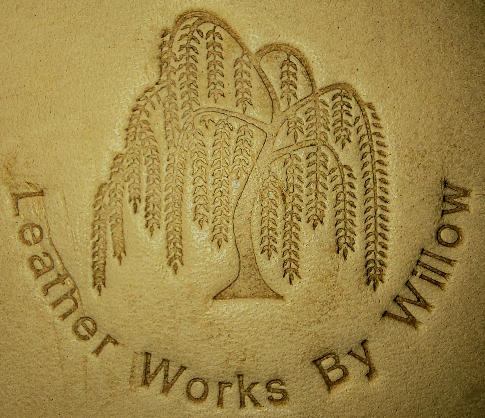
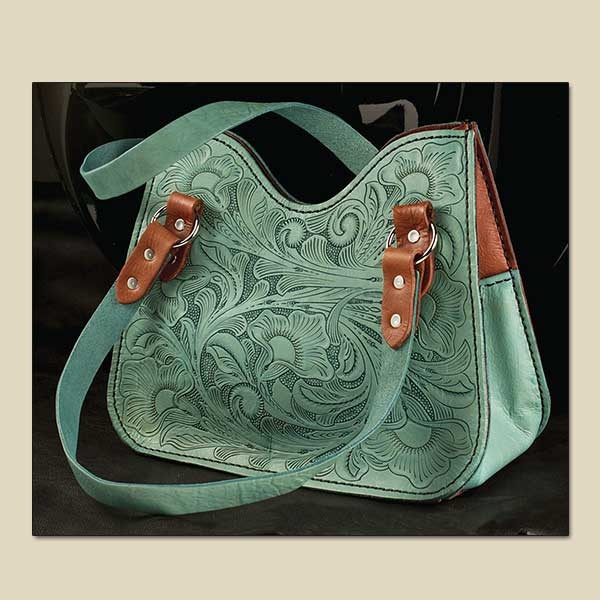
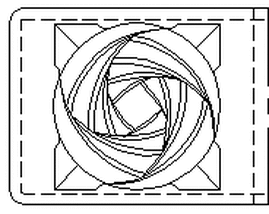
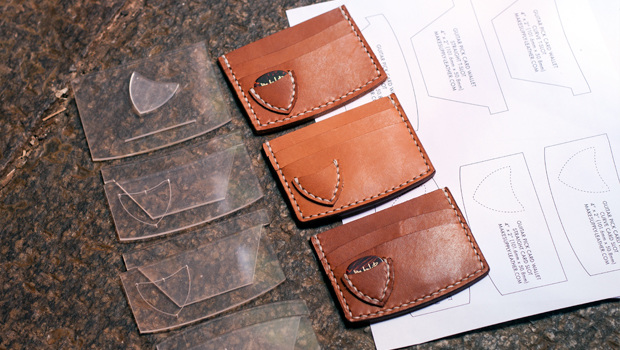
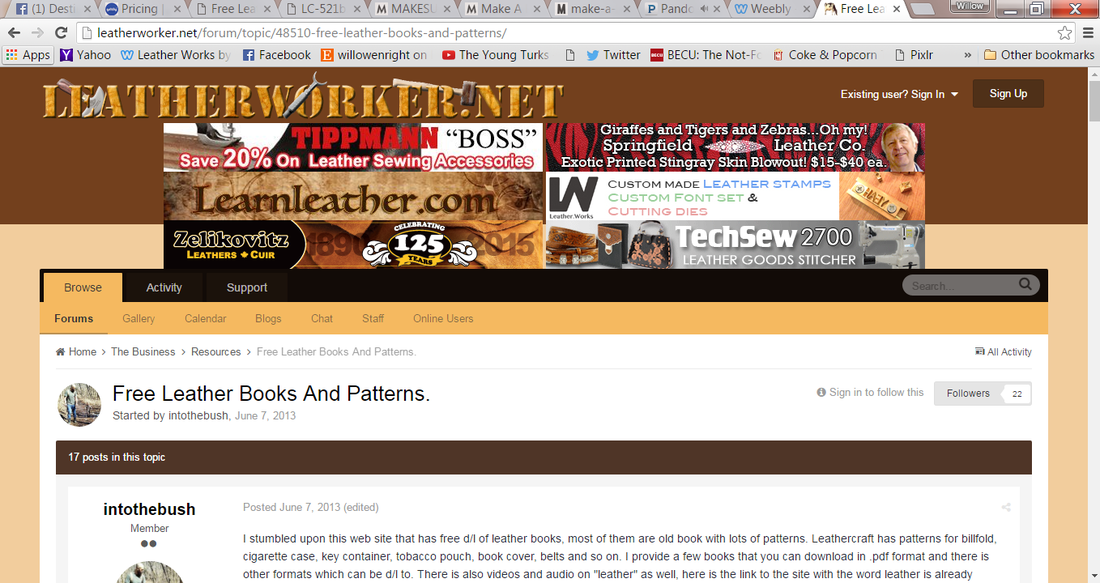
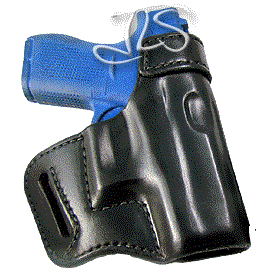
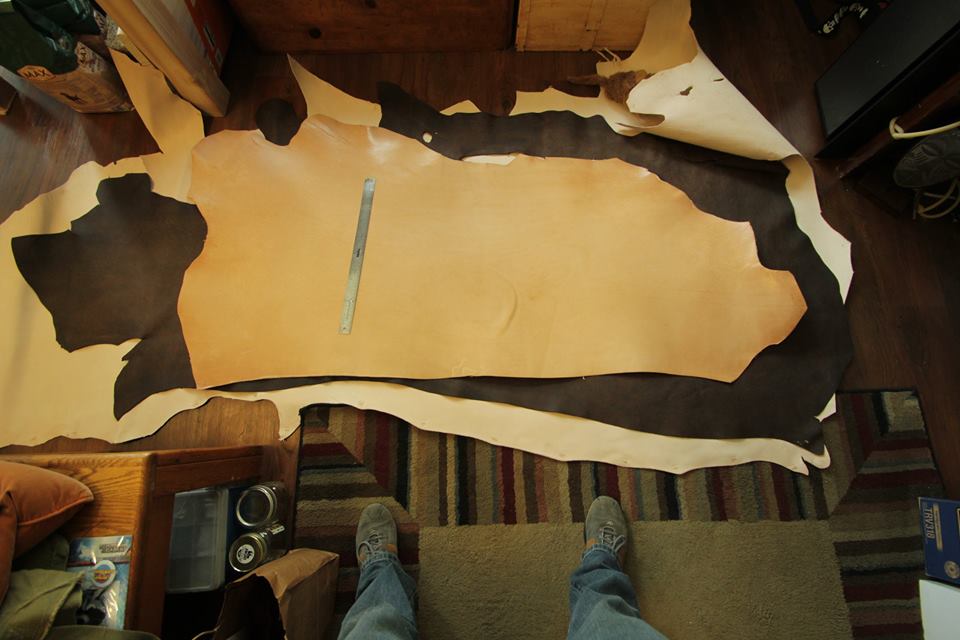
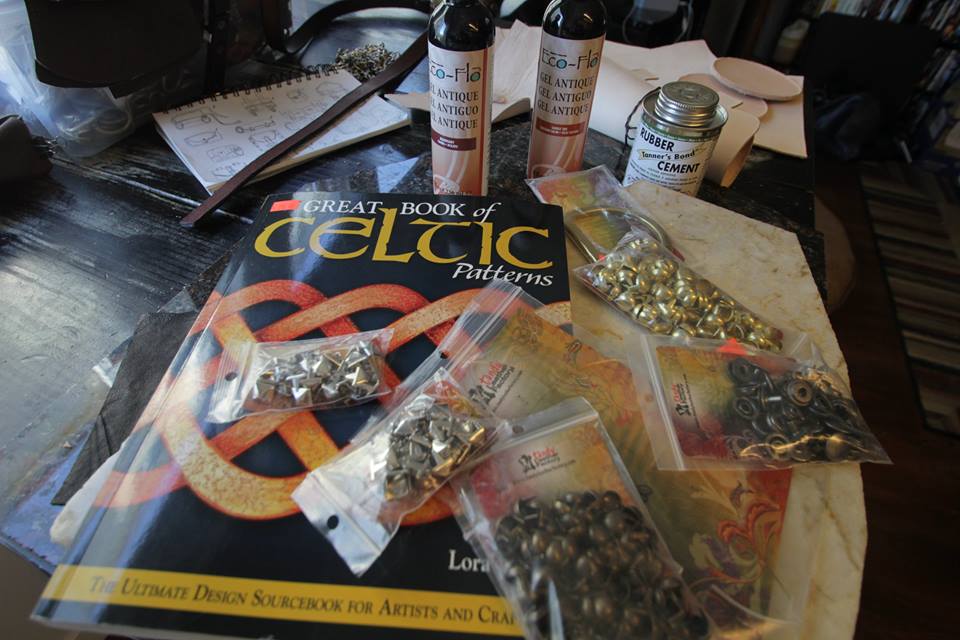
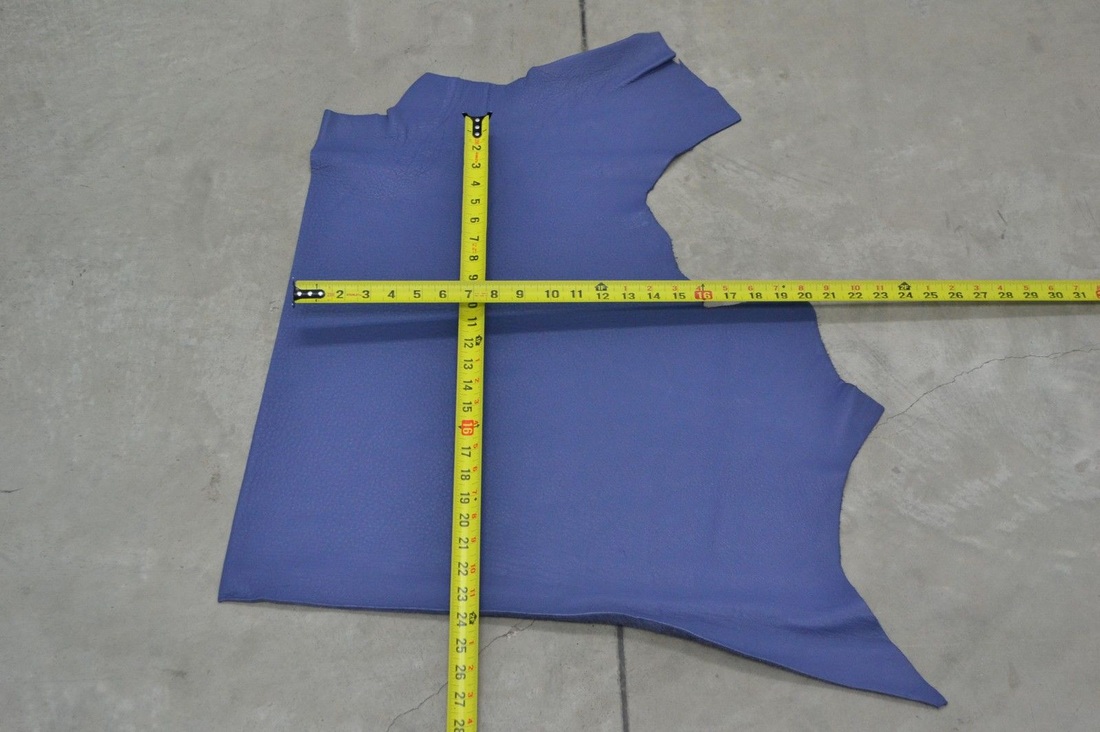
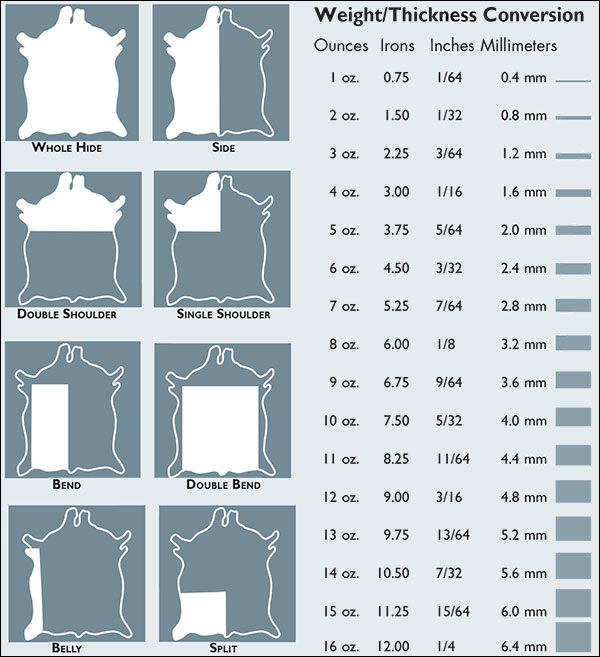
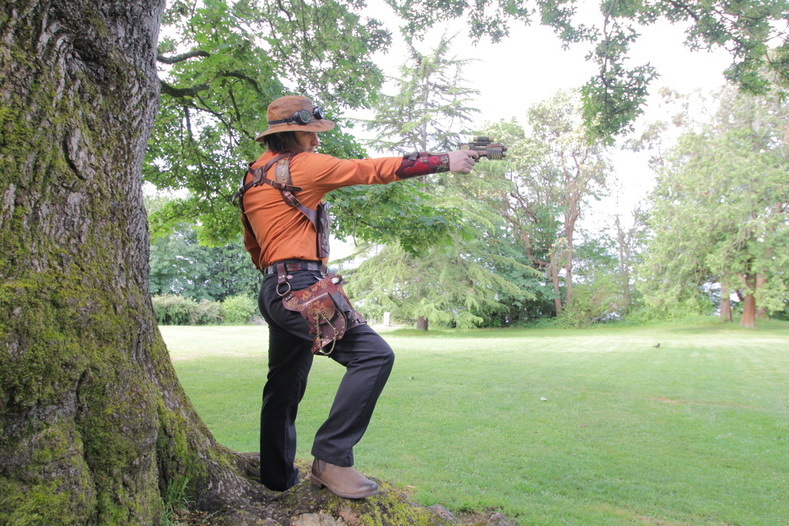
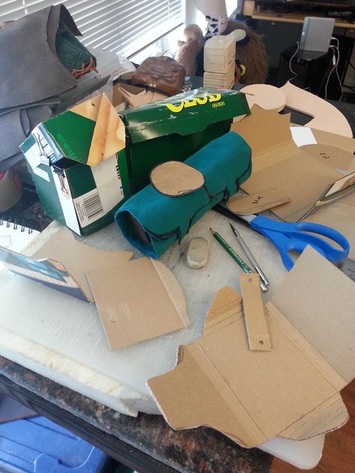

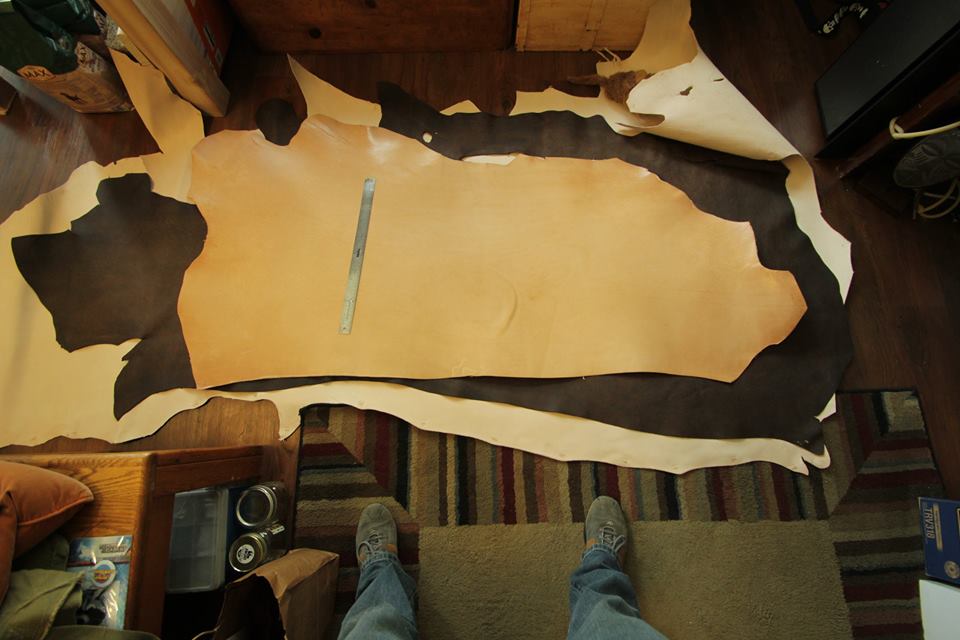
 RSS Feed
RSS Feed
